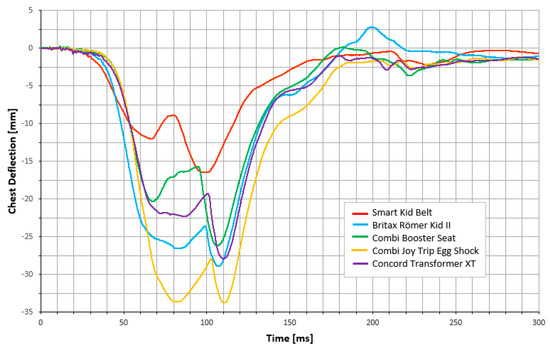


If the court is satisfied that compliance was in effect at the time of the violation, the charge for violating the provisions of this subsection (a) may be dismissed. (C) A person charged with a violation of this subsection (a) may, on or before the court date, submit a copy of the physician's prescription and evidence of possession of a specially modified, professionally manufactured child passenger restraint system to the court. (B) A person shall not be charged with a violation of this subsection (a) if the person presents a copy of the physician's prescription in compliance with the provisions of this subdivision (a)(4) to the arresting officer at the time of the alleged violation.
CHILD RESTRAINT SYSTEMS EFFICACY PROFESSIONAL
A motor vehicle operator who is transporting a child in a specially modified, professionally manufactured child passenger restraint system shall possess a copy of the physician's signed prescription that authorizes the professional manufacture of the specially modified child passenger restraint system. (4) (A) If a child is not capable of being safely transported in a conventional child passenger restraint system as provided for in this subsection (a), a specially modified, professionally manufactured restraint system meeting the intent of this subsection (a) shall be in use provided, however, that the provisions of this subdivision (a)(4) shall not be satisfied by use of the vehicle's standard lap or shoulder safety belts independent of any other child passenger restraint system. (3) Notwithstanding § 55-9-603, any person transporting any child, four through eight (4-8) years of age and measuring less than four feet, nine inches (4¢ 9²) in height, in a passenger motor vehicle upon a road, street or highway of this state is responsible for the protection of the child and properly using a belt positioning booster seat system, meeting federal motor vehicle safety standards in the rear seat if available or according to the child safety restraint system or vehicle manufacturer's instructions. (2) Notwithstanding § 55-9-603, any person transporting any child, one through three (1-3) years of age weighing greater than twenty pounds (20 lbs.), in a motor vehicle upon a road, street or highway of this state is responsible for the protection of the child and properly using a child passenger restraint system in a forward facing position, meeting federal motor vehicle safety standards in the rear seat if available or according to the child safety restraint system or vehicle manufacturer's instructions. (a) (1) Any person transporting any child, under one (1) year of age, or any child, weighing twenty pounds (20 lbs.) or less, in a motor vehicle upon a road, street or highway of this state is responsible for the protection of the child and properly using a child passenger restraint system in a rear facing position, meeting federal motor vehicle safety standards in the rear seat if available or according to the child safety restraint system or vehicle manufacturer's instructions.

Child passenger restraint systems Violations Penalties. Chapter 9 - EquipmentLighting Regulationsĥ5-9-602 - Child passenger restraint systems Violations Penalties.ĥ5-9-602.


 0 kommentar(er)
0 kommentar(er)
